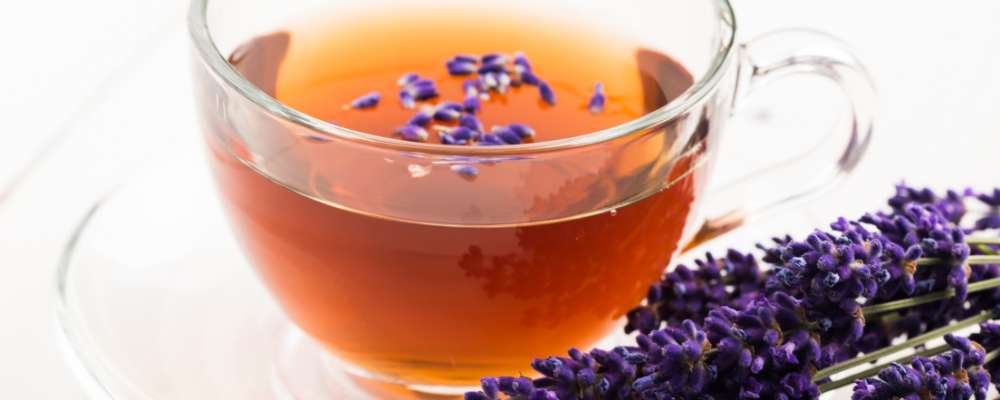Tap into nature's bounty and cultivate a peaceful sanctuary right in your backyard. Growing an herbal tea garden offers not only the pleasure of gardening but also the joys and health benefits of brewing your very own natural teas. Whether you're a home gardener, a health enthusiast, or a tea lover, this guide will walk you through all the steps to grow, harvest, and savor the delightful herbs for your tea ritual.
Introduction
The practice of brewing tea from freshly grown herbs has been revered for centuries. With the right herbs—such as Chamomile, Peppermint, Lavender, and Rose Petals—you can create a tranquil oasis that doubles as a source for your wellness teas.
Key Herbs and Flowers
Chamomile

Benefits: This gentle herb is famous for its soothing properties, helping with sleep relaxation, and serving as a natural aid in reducing inflammation.
Growing Tips:
- Sow chamomile seeds in spring or early summer directly into the garden.
- Ensure it has plenty of sun and well-drained soil.
- Harvest the flowers when they're fully open but not wilting.
Peppermint

Benefits: A digestive aid that's also known for its capability to soothe headaches. It has antibacterial properties that are beneficial for oral health.
Growing Tips: It thrives in partial shade with moist, rich soil. Mint is invasive, so consider confining it to pots. Regularly picking leaves will help it to grow bushy and lush.
Lavender

Benefits: Lavender's gorgeous fragrance aids in reducing stress and anxiety and can assist in improving sleep quality.
Growing Tips: Lavender prefers full sun and well-draining soil. Avoid overwatering and trim back in spring to encourage new growth. Harvest the flower spikes in the morning when the oils are most concentrated.
Rose Petals

Benefits: Packed with antioxidants, rose petals can support skin health and may alleviate menstrual discomfort.
Growing Tips: Roses need rich soil and regular watering. They love the sun but appreciate afternoon shade in hotter climates. Pick petals from unsprayed bushes to avoid chemicals.
Creating Your Herbal Tea Garden
Location Selection and Soil Preparation
Select a sunny spot—most herbs adore the sunshine—with well-drained, fertile soil. Test your soil and amend it as needed with compost to provide a nutrient-rich base for your plants.
Planting and Maintenance Guidance
Plant seedlings or sow seeds following specific spacing guidelines. Keep the soil moist, but do not overwater. Regular pruning and weeding will keep your garden healthy and productive.
Harvesting and Drying Techniques
Harvest herbs early in the day after the dew has evaporated. Dry them by tying them in small bunches and hanging them upside-down in a cool, dry place away from direct sunlight. Once dry, store in airtight containers.
Health Benefits of Herbal Teas
- Chamomile's Calming Properties: A cup before bed can help ease you into a restful slumber.
- Peppermint's Digestive Benefits: It's a go-to remedy for an upset stomach or bloating.
- Lavender's Stress-Relief Qualities: Sip on lavender tea to unwind after a long day.
- Rose Petals' Antioxidant Properties: Beyond their beauty, they pack a healthful punch.
DIY Floral Tea Recipes
Experiment with various combinations from your garden to create personalized tea blends. Steep in hot water for a few minutes, strain, and enjoy, perhaps with a hint of honey or a slice of lemon.
Conclusion
There lies immense fulfillment in nurturing a plant and then sipping tea made from its leaves or flowers. An herbal tea garden connects you to the age-old practice of harnessing nature's healing power. Embark on this verdant adventure and greet every cup as the pleasantly flavorsome fruit of your labor.
---
Get started on planting the seeds for both your garden and a flourishing herbal hobby. Remember, your next cup of herbal tea could be as close as your backyard or balcony. Happy gardening and healthful tea brewing




















Leave a comment
This site is protected by hCaptcha and the hCaptcha Privacy Policy and Terms of Service apply.